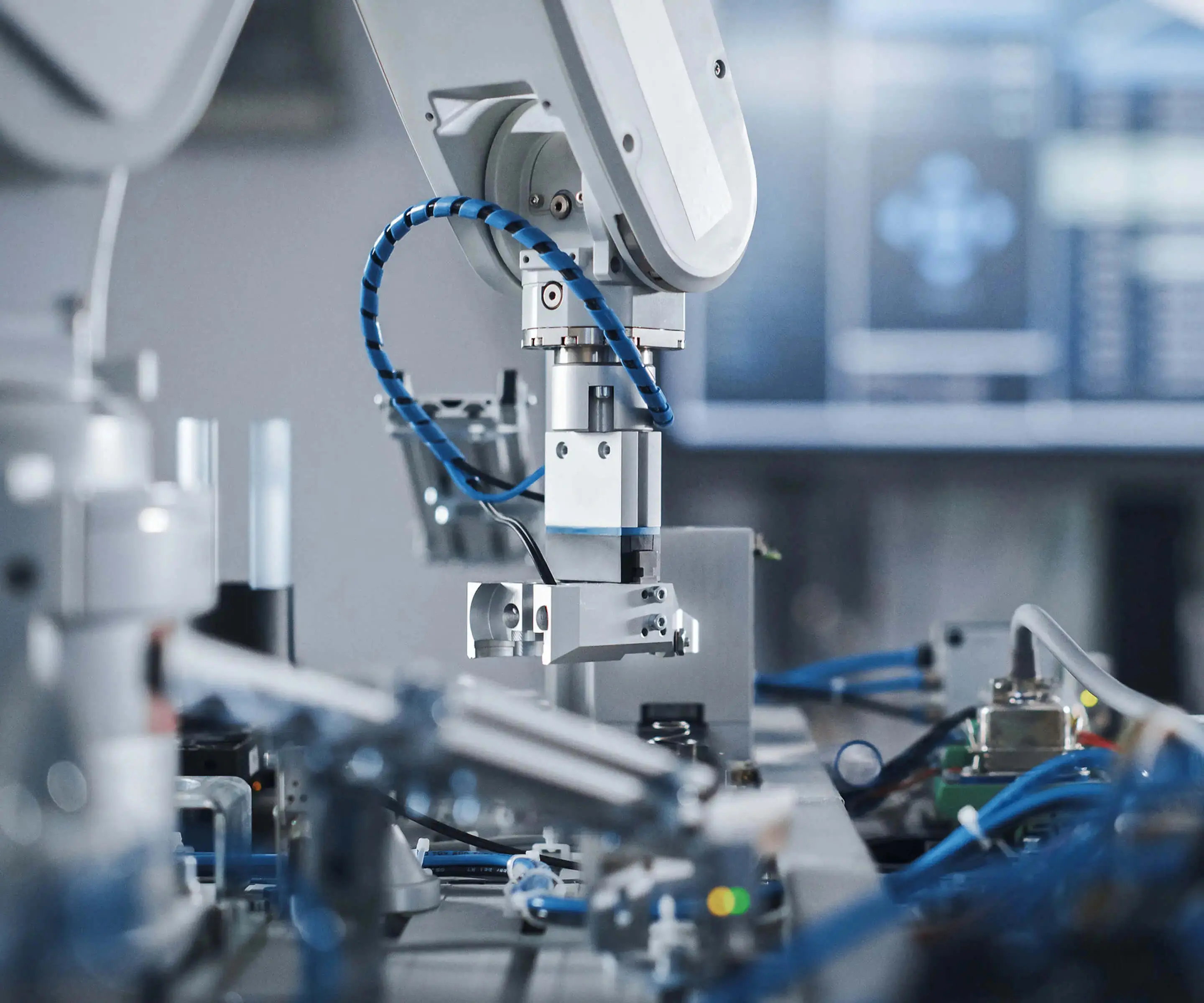Imagine you're watching a robot in action—swinging arms that bend, legs that stretch, even tiny fingers grabbing objects. Behind this mechanical ballet are different types of joints, each bringing its own flavor of movement and control. When you think about robot joints, the first thing that pops up might be the simple word “hinge,” but it’s just one star in a much more diverse lineup.

Starting with revolute joints—these are the classic hinges, mimicking what you see in human elbows and knees. They rotate around a single axis, making them perfect for tasks that need a pivot point. Then there's prismatic joints—imagine linear rails, like a drawer sliding smoothly in and out. They offer straightforward linear motion that’s reliable and predictable, especially in industrial setups.
But what about more complex scenarios? Consider spherical joints, which are like ball-and-socket setups. These joints allow multi-directional movement, giving robots the ability to orient tools or sensors in countless angles. It’s like giving them a neck that can turn and tilt—adding a lot of flexibility. To keep it simple, some robot designs opt for a combination of revolute and prismatic joints—like the elbow and wrist working in tandem to create diverse movements.
Ever wonder why certain joints are chosen over others? It often boils down to the task’s demands—speed, precision, load capacity. Want a robot arm that can reach into tight corners? Rotary joints might be the answer. Need to lift heavy loads straight up and down? Prismatic joints are sturdy and dependable.
Thinking bigger—what about the future? Soft robotics are experimenting with flexible joints, mimicking biological systems more closely. Imagine robotic tentacles that bend and twist naturally—no rigid joints, just pure fluidity. It’s a wild frontier, but one that’s redefining what’s possible.
So, why does this matter? It’s not just about fancy parts; it’s about creating smarter, more adaptable machines. Whether in manufacturing, medical fields, or space exploration, the choice and design of joints can make or break a project. When you dive into different joint types, you unlock a toolkit that turns mechanical dreams into reality.
In essence, understanding the variety of robot joints isn’t just a technical detail—it’s the secret sauce for precision, versatility, and innovation. Next time you see a robot move, think about how those tiny joints are orchestrating a symphony of motion, each playing its part perfectly.
Leveraging innovations in modular drive technology, Kpower integrates high-performance motors, precision reducers, and multi-protocol control systems to provide efficient and customized smart drive system solutions.




































